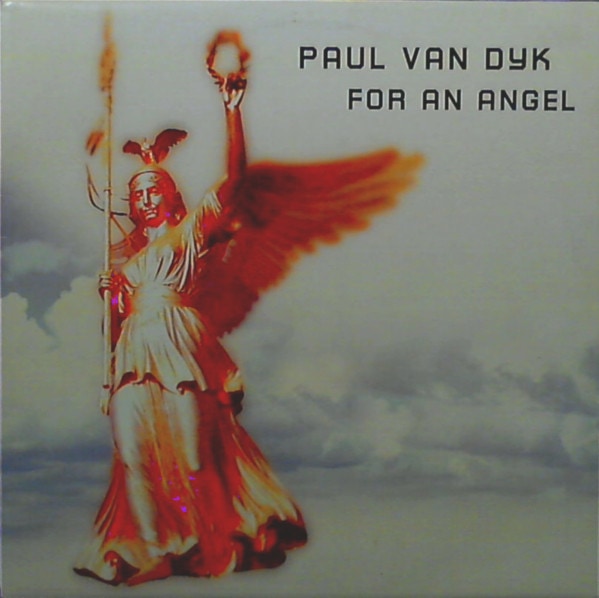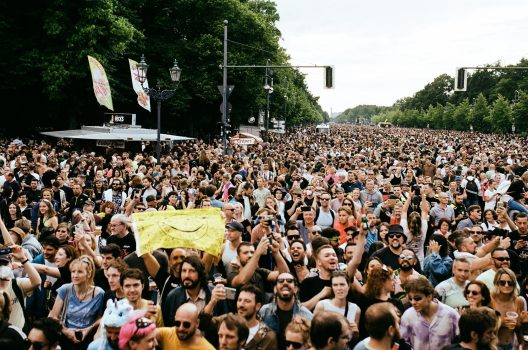It might sound hyperbolic, but when you look at the history of trance music, there is perhaps no more influential song than Paul van Dyk’s “For An Angel”.
To those born after 1998, this track is probably just your average, run-of-the-mill trance tune. Instead, it’s a catchy, four-minute dance track with an electronically driven sound, an instrumental piece making heavy use of keyboards and synthesizers to create a futuristic and hypnotic style.

Enjoyable, yes? But revolutionary?
Well, believe it or not, this track was a defining moment for the trance genre. It combined a wide array of techniques and styles into a piece of music that set the benchmark for what trance could be.
Today we’re going to talk about how that happened and why “For An Angel” is still regarded by many as an all-time classic.
Developing A Sound
Finding a musical sound doesn’t happen overnight. Instead, artists spend their whole lives listening, learning, and being inspired to develop new ideas. This was just the case for Paul van Dyk, who grew up listening to artists like Depeche Mode, The Smiths, and OMD.
Living in East Berlin during the ‘70s and ‘80s, the young van Dyk listened with one ear pressed up against the radio as genres like pop and electro grew from fringe movements into mainstream music.
His musical career was kicked off in March 1991 when he made his first DJ appearance at club Tresor. Working his way up the local rosters, he eventually found himself working alongside artists like DJ Kid Paul and Cosmic Baby.
That being said, it was another few years before this wide melting pot of influences bore fruit in the form of van Dyk’s first album, 45 RPM. The album was a genre-blending mix of ‘90s dance and early trance and set the mold for van Dyk’s sound in the eyes of many fans. It was a moderate success and a healthy start to van Dyk’s career, but over the last few decades, the album itself has been somewhat overshadowed by its massively influential third track.
A Track That Changed The Genre
For many people, “For An Angel” changed how they thought about dance music. The idea that a track could simultaneously have such a catchy melody and dance-worthy sound while also being mellow and relaxed was not entirely new. Still, before van Dyk it’d never been so clearly articulated.
Trance music had been around for a few years, but in its early iterations, it was only beginning to break out from under the shadow of the broader dance/electro/pop genres. What “For An Angel” did was give aspiring trance artists a goal to aim for – a clear vision of what trance could and should be.
The Legacy of “For An Angel”
These days, the trance genre is well-established, so much so that it can be easy to lose track of where it came from. In recent times we’ve seen albums, museum exhibits, and even books dedicated to tracing the origins of this modern style. While no one inspiration can be charted as the single starting point of trance, this track deserves its place in music history.





